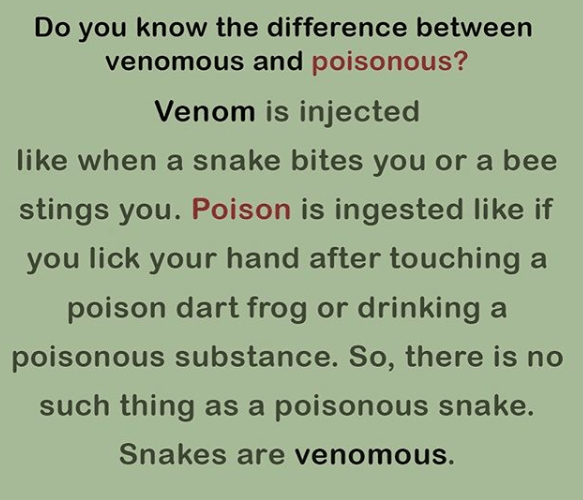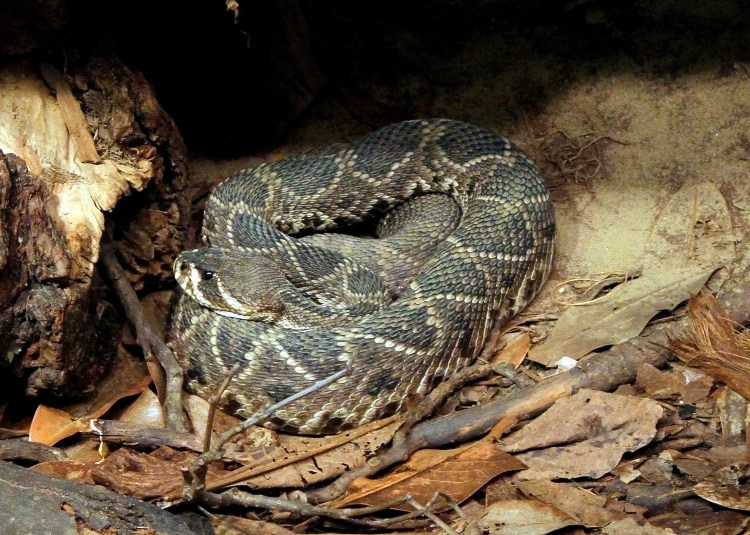HOLIDAY — At 6:30 a.m. on a day last November, Wanda Dean woke up to her hysterical and tearful 89-year-old mother.
“Wanda, they got him!” she yelped. “They tore his head off.”
When Wanda went to inspect her mother’s backyard, Morris, the stray cat her mother cared for, was dead.
“Half of him was gone,” Dean said. “I was thinking, ‘This is what my mother just came and saw.’”
In the weeks before the incident, the mother-daughter duo heard claims from neighbors that four coyotes had built a den on the edge of a golf course less than a mile from her mother’s Holiday home. But coyotes in Florida, especially Pasco County, were a novel idea to them until that day.
Last year, Pasco County had 33 coyote-related calls to the Florida Fish & Wildlife Conservation Commission, according to data they recently released.
In 2017, the wildlife commission’s Wildlife Assistance Program received 792 coyote calls statewide, nearly 100 more than two years prior. So far in 2018, the program has received eight coyote-related calls from Pasco County.
Coyotes are not a new neighbor, officials said. They likely were first brought to Florida in the 1920s to train hunting dogs.
The pointed-ear, 20- to 30-pound Canis Latrans was a western species, but expanded its range to north Florida in the 1960s and 1970s, according to the wildlife commission.
Pasco and Hernando counties began seeing coyotes in the 1980s, officials said, when the animal’s range expanded rapidly throughout the state. Now, coyotes are considered a naturalized species in all 67 Florida counties.
Coyotes have expanded across the nation because of the decline of other predator populations, a wildlife commission spokesperson said, and changed habitats because of urban development and agriculture.
While coyotes may be new to some, the wildlife commission said it is common for coyotes to coexist with humans in neighborhoods, especially in urban areas. Coyotes may even help maintain a balanced ecosystem by controlling populations of rodents and other nuisance wildlife.
Humans probably can be blamed for the coyote expansion by reducing the animals’ natural habitat, said Raoul Boughton, assistant professor in the department of wildlife at the University of Florida. Yet, urban areas are full of resources for the scavenger animals, he said, including pet food, bird seed, garbage, rodents and stray cats. Reports from golf courses, cemeteries and baseball fields are common, but coyotes go where food is available.
“Urban areas are rich in food resources to a coyote who will eat just about anything,” Boughton said. “And why hunt, when you can scavenge from people?”
That is why residents with small pets must be careful.
Coyotes are becoming less afraid of humans, Boughton said, because people keep feeding them.
“Most attacks that have occurred on humans have been because a coyote has been habituated to human contact,” Boughton said.
Residents should treat coyotes like they would an “unknown, non-leashed dog,” he said.
Attempts to remove coyotes are “inefficient and ineffective,” the wildlife commission said, because new coyotes populate where others have been removed. The species can produce more pups per liter to repopulate.
For many residents, the coyote presence in Pasco County has been a myth, but Dean wants other Pasco residents to know the threat of coyotes is real. What happened to her and her mother can happen to them and their small pets, too.
“When they experience first-hand, their own pet,” she paused, looking down. “It is one of the most horrendous things I have ever experienced.”
Contact TyLisa C. Johnson at tyjohnson@tampabay.com. Follow @tylisajohnson.








 here, what this python is capable of,” he said.
here, what this python is capable of,” he said.





















